Kumana National Park
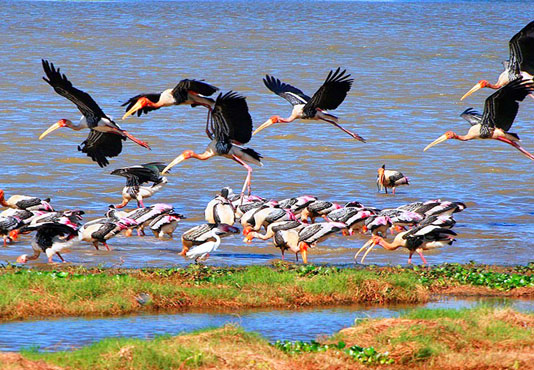
Kumana, also known as Yala East National Park covers an area of about 18,000 hectares and can only be accessed from Okanda which is south of Arugam Bay on the South East Coast. The villus (swamp lakes) of Kumana is nesting sites for water birds. During the nesting season which begins towards June, large colonies of pelican, spoonbills, herons, painted storks, and egrets can be spotted here. The jungles of Kumana are also home to wild elephants, buffalo and deer. Kumana is edged by the Indian Ocean. Often the endangered marine turtles come ashore to nest here on the secluded beaches.
You May Also Like
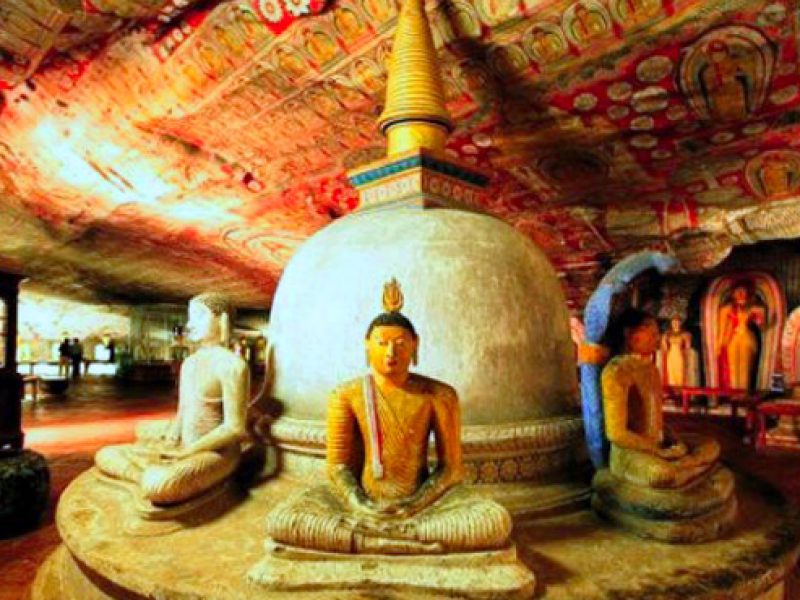
Dambulla Cave Temple
The caves at first came into use as a refuge for King Valagambahu in 1st century BC. Concealed by the local monks, upon returning from exile to his throne at Anuradhapura, he had the magnificent cave temple built for them. The cave temple consists of a complex of Buddhist image houses. Its rock ceiling is […]
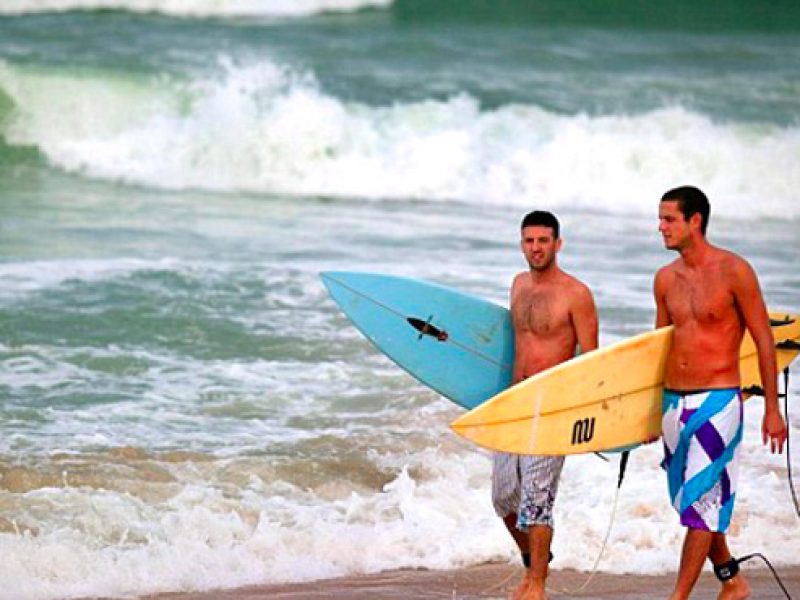
Arugam Bay
Arugam Bay is Sri Lanka at its most escapist. The relatively isolated beaches and a simple, laid-back lifestyle, away from the main tourist haunts, have many devotees. The local community is a particularly chilled-out and welcoming one where travellers and locals mingle contentedly. Arugam Bay offers high-class surfing (the best on the island) and deserted […]
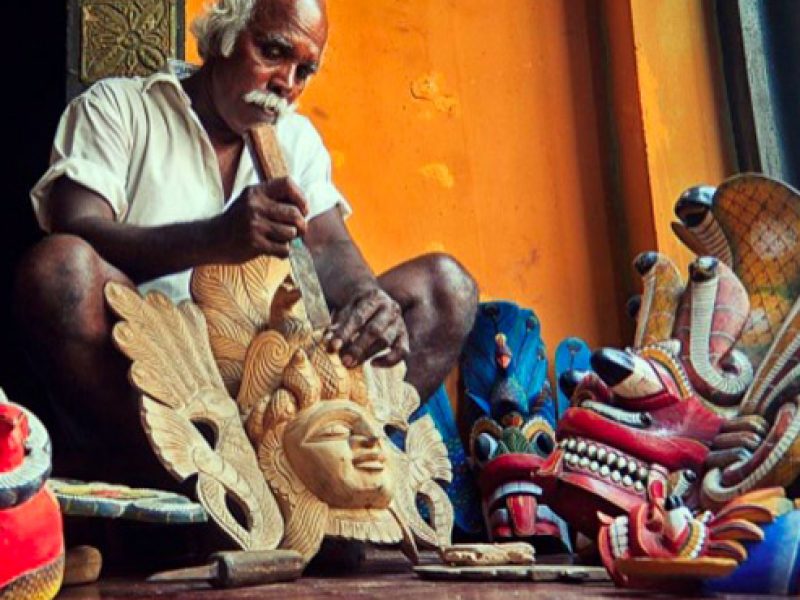
Ambalangoda
Traditional masks in Ambalangoda – The traditional masks are very much a part of Sri Lanka’s culture and folklore. Kolam masks are used for dramatic purposes to enact traditional folktales and history; Thovil masks are used for exorcism rituals especially to eradicate disease. Each mask has a specific purpose. Mask crafting is an intricate skill […]
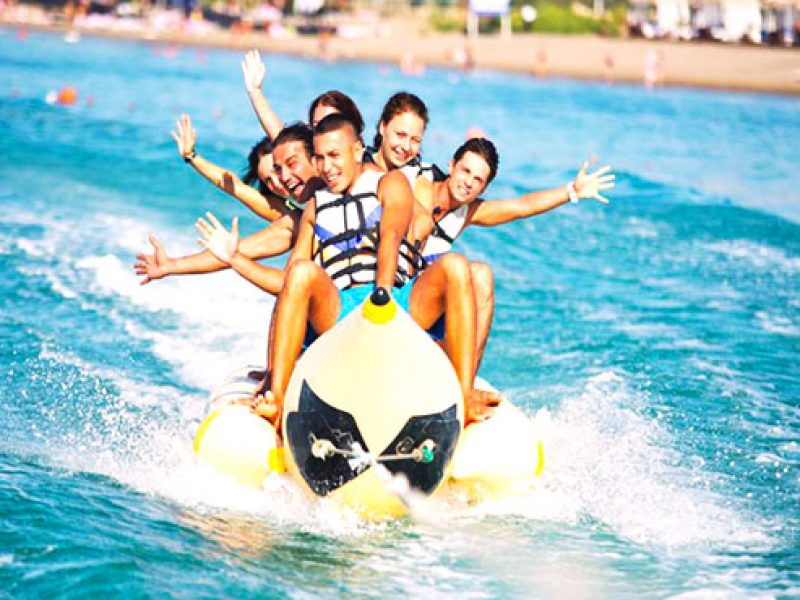
Bentota
water sports in Bentota – Take a short boat trip offshore to dive over the coral reefs, grab a snorkel and mask to paddle your way through tropical fish, or take advantage of the lively breezes on the west coast from December to March to windsurf. If speed is more your thing then there are […]